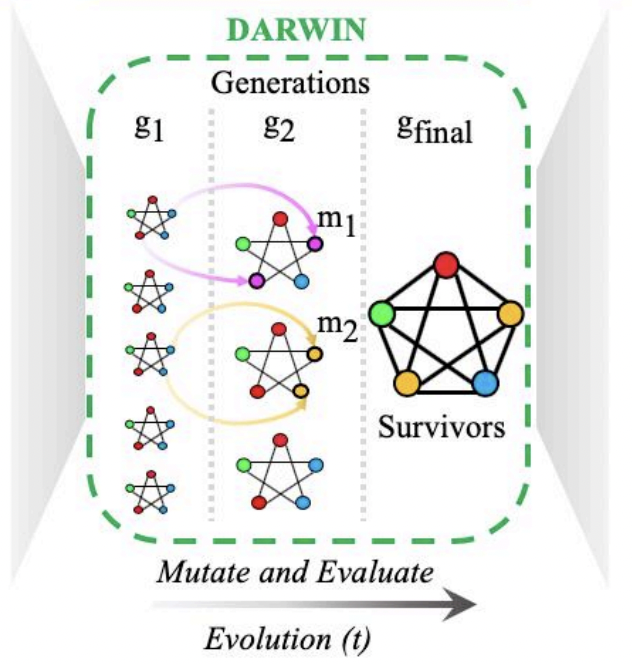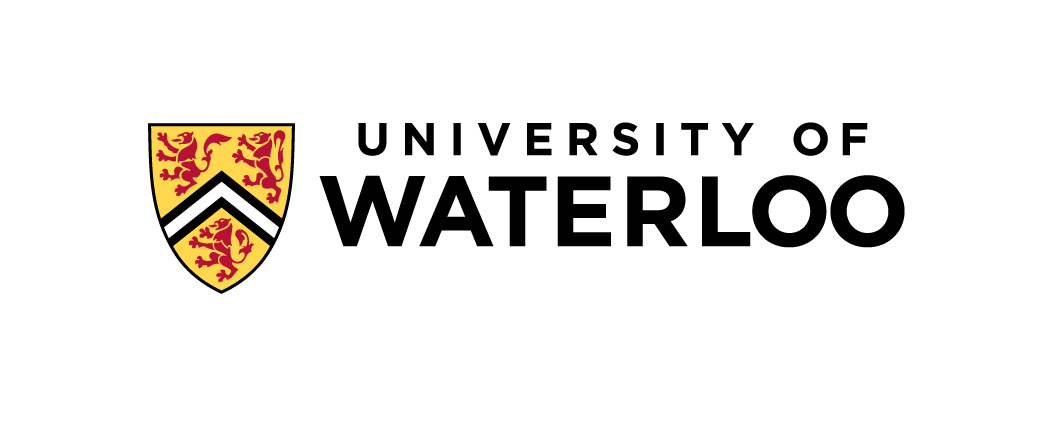

Manuscript Summary - DARWIN

|
Here we don't try to "close the loop", but we do guide experimental discovery. We perform a large number of DFT calculations on a class of material. We use these data to train a deep neural network (a surrogate model). This model is cheap to evaluate, but doesn't relate its predictions to any chemical "features" - it just takes atomic structure and dumps out a prediction. We use a genetic algorithm to propose lots of structures which we run through the model, and seek to optimize a desired property.
Once we have a diverse set of predictions of potential candidates, we take a 2nd ML model, which is simpler and easier to interpret, and find trends in the predictions. The goal is to find patterns within the predictions that can be described to a human. "Look for materials which have a high electronegativity different between the A-site and the B-site". Basically we want "rules of thumb" which are true for our surrogate model predictions which we can communicate to our experimental colleagues that describe the large number of predictions our deep model produced. The experimentalists then used those rules of thumb to decide on some compositions to try out in the lab and were successful in making materials which hit the design target.
https://arxiv.org/abs/2101.04383
|




